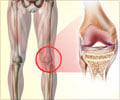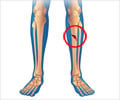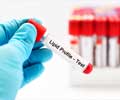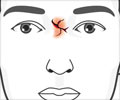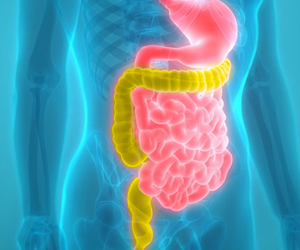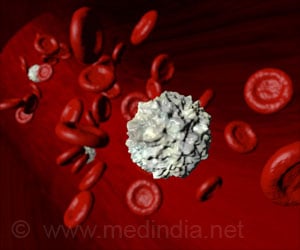Can measuring arm fat help predict spinal fracture risk? New research suggests so, revealing a surprising link between arm fat and bone health.
- Excess body fat, particularly in the arms and visceral areas, is associated with lower bone quality, increasing the risk of spinal fractures
- Arm fat, easily measurable, may serve as an indicator of spinal fracture risk, offering a simple and cost-effective screening method
- Future research aims to validate this association and design exercise routines targeting arm fat to enhance spine bone quality
Arm fat may reveal women and men at risk of spinal fracture
Go to source). The findings may assist identify high-risk individuals using a more simple and cost-effective way, as well as affect the design of their exercise routines.
Arm fat might hold clues to spinal health! Emerging research suggests that measuring arm fat could help predict the risk of spinal fractures, offering a unique perspective on bone health assessment. #osteoporosis #bonehealth #medindia’
What is Osteoporosis?
Osteoporosis is a prevalent disease among the elderly, but it is also one of the most misdiagnosed and undertreated medical conditions in the world. Many people do not discover symptoms of osteoporosis until they suffer an injury or fracture, which most commonly happens in the spine and is known as a spinal or vertebral fracture. Imaging techniques, such as dual-energy X-ray absorptiometry (DXA), are used to quantify bone mineral density (BMD), whereas trabecular bone score (TBS) analyzes bone quality and predicts future fractures independent of BMD. However, the effect of body fat on bone health is still unknown.Link Between Body Fat and Risk of Fracture
To investigate this, researchers from Greece’s National and Kapodistrian University of Athens examined 14 men and 101 women without osteoporosis and with an average age of about 62. They discovered that those with excess body fat had low bone quality (low TBS) in their spine, regardless of their BMI. Furthermore, the more belly fat is found deep inside the abdomen and surrounding internal organs, the poorer the quality of the spine’s spongy bone (or trabecular bone). The researchers next investigated the distribution of body fat beneath the skin and observed that people with more fat mass in their arms had lower bone quality and strength in their spines."Surprisingly, we identified, for the first time, that the body composition of the arms — in particular, the fat mass of the arms — is negatively associated with the bone quality and strength of the vertebrae" , Professor Eva Kassi, the lead author, said.
"This could mean that the arm’s subcutaneous fat, which can be easily estimated even by the simple and inexpensive skin-fold calliper method, may emerge as a useful index of bone quality of the spine, possibly predicting the vertebrae fracture risk."
Impact of Arm Fat on Bone Quality and Fracture Risk
She continued, "It should be noted that visceral fat, which we discovered to be highly connected with low bone quality, is the hormonally more active component of total body fat. It creates chemicals called adipocytokines, which cause low-grade inflammation, therefore an enhanced inflammatory condition may have a deleterious impact on bone quality."Professor Kassi acknowledges that more research is needed to validate the association between arm fat and spinal fracture risk. "Although our results remain robust after controlling for age and weight, we will now increase the number of participants and expand the age range by including younger adults between the ages of 30 and 50 years old, as well as more men", she stated.
"Moreover, using the loss of arm fat mass as a marker, we will try to determine the most effective physical exercise routine that not only targets the visceral fat but also focuses on the upper part of the body so that these higher-risk adults lose arm fat and achieve a favourable effect on vertebrae bone quality."
Reference:
- Arm fat may reveal women and men at risk of spinal fracture - (https://www.eurekalert.org/news-releases/1043873)
Source-Medindia





